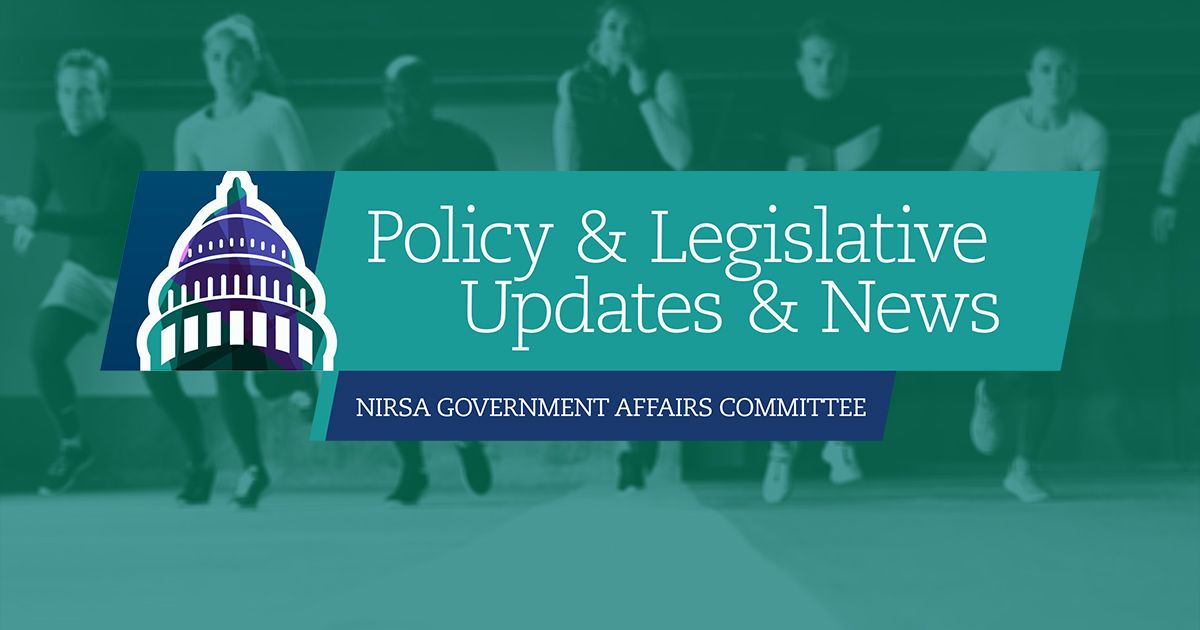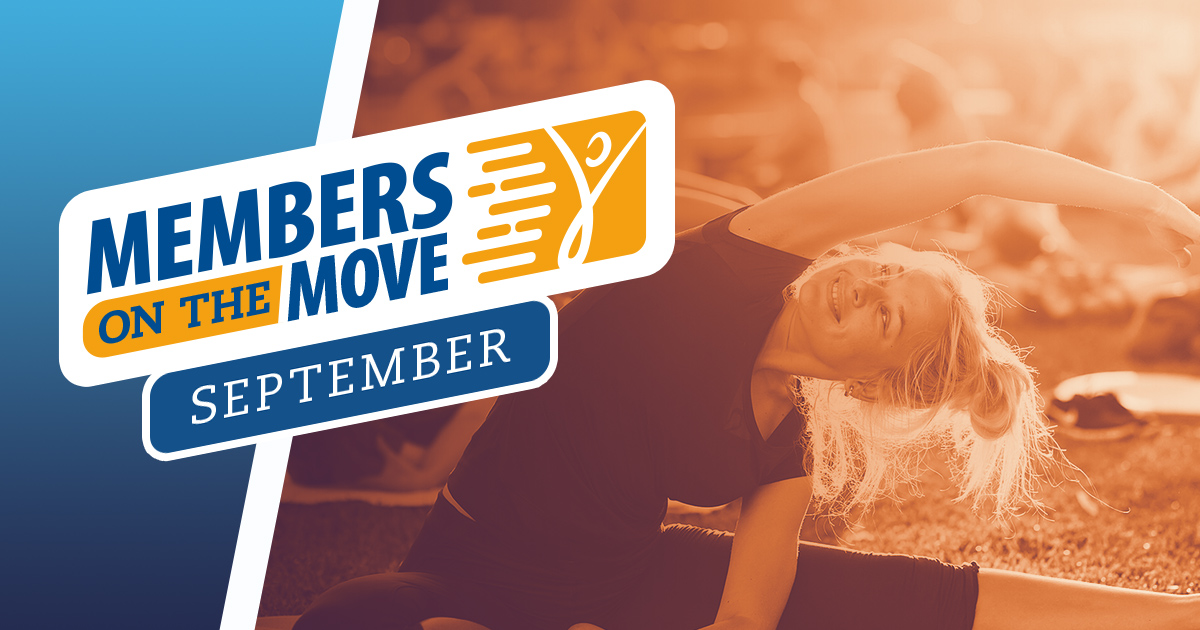In mid-November, the US Department of Health and Human Services (HHS) released the second edition of the Physical Activity Guidelines for Americans, which were last updated 10 years ago.
The Physical Activity Guidelines provide evidence-based guidance to help Americans maintain or improve their health through physical activity. The Guidelines serves as the voice of the federal government for evidence-based guidance on physical activity, fitness, and health for Americans.
The changes to the Guidelines aren’t radical, but they have made some important, data-supported additions. One key addition, which will come as no surprise to NIRSA members, is the inclusion of significantly more information about the benefits of physical activity and the risks of sedentary behavior.
As NPR reports, only about 20% of Americans meet the current Physical Activity Guidelines. A recent report from the Journal of the American Medical Association also notes that such mass sedentary behavior is linked to $117 billion in annual health care costs.
The guidelines continue to recommend adults should do at least 150-300 minutes a week of moderate-intensity exercise, or 75-150 minutes a week of vigorous-intensity aerobic activity, as well as strength training activities two or more days a week.
However, it is no longer specified that physical activity bouts must last at least 10 minutes to be beneficial. Physical activity can be accumulated throughout the day; short activities like talking the stairs or parking further away count.
The guidelines are clear – just move any time, any way, any where.
They also discuss the benefits of exercise in much more depth than they did in 2008, nothing that physical activity lowers the risk of cancers of the bladder, breast, colon and rectum, endometrium, esophagus, kidney, stomach, and lungs. It reduces the risk of Type 2 diabetes, heart attack, and stroke. It can reduce anxiety and depression, as well as increase your cognitive abilities.
For more information
- Read the complete Physical Activity Guidelines
- Check out the Executive Summary for an overview
- Read Top 10 Things to Know to learn key messages
- Check out the Move Your Way! campaign for tools and resources about the guidelines
NIRSA is proud to have played a role in the encouragement of the new guidelines through its work in the National Coalition for Promoting Physical Activity (NCPPA).
- For more information, please contact NIRSA Director of Advocacy & Strategic Partnerships Erin O’Sullivan.
Erin O'Sullivan is currently the Senior Director of Initiatives and Impact at NIRSA.







